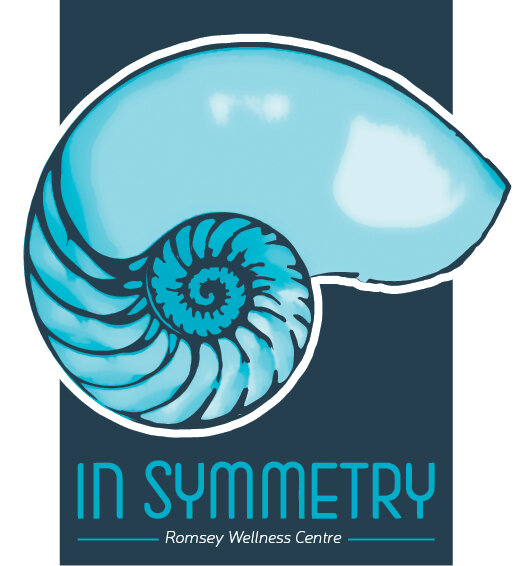BREASTFEEDING SUPPORT - ENCOURAGING MILK QUANTITY & FLOW
Written by a Chinese Medicine Practitioner
The phase ‘breast is best’ is thrown around a lot when it comes to infant nutrition debates, and while the World Health Organization (WHO)(1) recommends exclusive breastfeeding for the first 6 months of life (with breastfeeding continued in conjunction with wholefood until 2 years of age), for some new mothers this recommendation may not be so easy to implement or even seem attainable.
According to the WHO (1), there are a great many advantages to breastfeeding over formula. Aside from providing all the necessary energy and nutrients for an infant to thrive, breastmilk also contains antibodies to help protect them against many childhood diseases while they build their own immunity. They also state that children who were breastfed are also less prone to diabetes and obesity later in life.
Often very little is needed other than frequent feedings and skin to skin contact with baby to help release oxytocin and prolactin in order to stimulate milk let-down and production. However, going through the mammoth effort of growing a human, the strains of childbirth combined with long sleepless nights, stress and fatigue can all make the act of breastfeeding incredibly difficult and challenging for some mothers. Complications with supply can range from bonding and latching issues, to not enough milk being produced or issues in the milk not flowing properly leading to blockages and infection.
From a Chinese Medicine standpoint, breastmilk is derived from qi (vital energy) and blood. Having a good quality blood supply and allowing adequate, unimpeded circulation are key to an amply, sustainable milk supply.
When blood quality and/or quantity available is poor not enough milk can be produced and the breasts are soft and empty. This lack of qi and blood in the mother commonly occurs from instances of copious blood loss during delivery, an excessively long labour, general exhaustion or a pre-existing predisposition and can all contribute to poor supply.
If the supply is blocked on the other hand, the breasts tend to be more distended, painful and full. This situation tends to have a more emotional component or, in the case of mastitis, can present with an underlying infection. This blocks the normal circulation of qi and blood around the breast tissues and hampers expressing.
So how can we minimise these disruptions and ensure good production?
Focus on Nourishing foods
After pregnancy and birth the mother’s resources are depleted and their qi and blood are relatively low.
Foods such as wholegrains (especially oats), brewer’s yeast, flaxseed and wheatgerm are known as ‘galactagogue’ foods, which are foods that are suspected to increase milk supply by helping to increase the hormone prolactin in the body.
To build blood food sources such as red meats, fish, eggs, nuts and seeds and collagen rich soups are important to incorporate into your diet. A focus on ensuring a highly protein rich diet is especially prudent if you are a vegetarian. Make sure getting adequate intake of protein sources such as tofu, chickpeas, lentils, yogurt and eggs. Root vegetables especially carrots and sweet potato are also important to help nourish your body and rebuild your energy supply. (2)
Rest!
It may seem impossible at times, but rest is very important to rebuild your energy and allow the body to replenish supplies.
Try acupressure at home
Acupuncture can be used to help address stress and help rebuild the qi and blood lost to increase milk supply. While there is no substitute for the real thing, you can try acupressure on these points at home to help.
SMALL INTESTINE 1 - located on the ulnar side of the little finger’s nail bed at the bottom corner, this point is used for many breast issues including both insufficient lactation and mastitis. Use a pen tip or your fingernail to press into the area to stimulate the point at home.
GALL BLADDER 21 – located midway between the cervical spine and the shoulder tip, at the highest point of the trapezius, this point is great for stimulating milk let down.
Get your partner to massage or apply firm pressure to this area for 3 minutes before starting a feed. If it feels good you can keep going throughout the feeding session.
Seek Experienced Advice
There are alternative causes of breastfeeding difficulties, such as latching issues and tongue tie which do not rely on supply. The Australian Breastfeeding Association is a free resource with great information available online, as well as a dedicated hotline on 1800 686 268 attended by volunteer lactation consultants available 24/7 for advice and guidance.
Consult your trusted Chinese Medicine Practitioner for tailored acupuncture treatment, herbal support and advice– there are many herbs and formulas that have been used throughout history to help assist in breastmilk supply. Your Chinese medicine practitioner will be tailored your treatment to the specific individual after a detailed consultation.
If you would like to book an appointment with a Chinese Medicine Practitioner you can call the clinic on (03) 5429 3610 or book online by clicking the link below.
References:-
1. Breastfeeding [Internet]. Who.int. 2022 [cited 18 July 2022]. Available from: https://www.who.int/health-topics/breastfeeding#tab=tab_1
2. Pitchford, P. (2002). Healing with whole foods: Asian traditions and modern nutrition. 3rd ed., rev., updated, and expanded. Berkeley, Calif.: North Atlantic Books.




